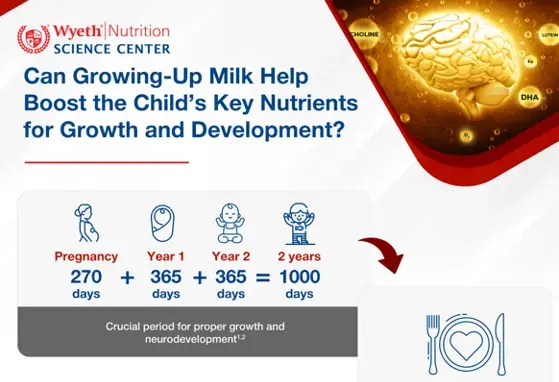[Hot Science] Infant feeding tolerance on formula supplemented with sn-2 palmitate and oligofructose
![[Hot Science] Infant feeding tolerance on formula supplemented with sn-2 palmitate and oligofructose](/sites/default/files/styles/header_image_article_mobile/public/2019-11/image%283%29_0.jpg.webp?itok=UnyUCdJE)
This study explored the stool characteristics and feeding tolerances of infants fed formulas supplemented with sn-2 palmitate and oligofructose, both exclusively and when mixed-fed with human milk.
Background:
- It was previously found that compared with non-supplemented formulas, stool hardness decreased in infants exclusively feeding on formulas with increased proportion of sn-2 palmitate (sn-2) and dietary fibre oligofructose (OF)
- This new study investigated the feeding effects in infants who are mixed-fed together with human milk
Methods:
- 3 groups of Chinese infants (35 - 49 days old) were recruited based on their current feeding regimens:
- Exclusively breastfed (n = 147)
- Exclusively fed high sn-2 formula (43% palmitate in sn-2 position + 3 g/L OF; n = 150)
- Fed both high sn-2 formula and human milk (mixed-fed; n = 163)
- After an observational period of 48 days, study outcomes analysed include stool characteristics and gastrointestinal tolerance using the Infant Gastrointestinal Symptom Questionnaire (IGSQ)
Key Findings
|
|
Breastfed | Mixed-fed | Formula-fed | Comments |
| Incidence of hard stools | 0% | ≤ 0.8%
|
≤ 2.1% |
|
| Incidence of watery stool | ≥ 5.1% | ≥ 7.3% | ≤ 5.0% |
|
| Stool consistency | Breastfed group had softest stools, followed by mixed-fed, then formula-fed, mean score of 2-3 (runny to mushy-soft) |
|
||
| GI tolerance | 16.3 | 18.2 | 17.5 |
|
Conclusion
- Low incidences of hard and watery stools , as well as good feeding tolerance were observed in infants fed formula containing high sn-2 and OF, either exclusively or in combination with human milk
Link to full article: https://www.ncbi.nlm.nih.gov/pmc/articles/PMC5764142/
Reference
Mao M, Zheng L, Ge J, Yan J, Northington R, Yao M, Nowacki J, Hays NP. Infant feeding regimens and gastrointestinal tolerance: A multicenter, prospective, observational cohort study in China. Global Pediatric Health. 2017;5:1-12.
WYE-EM-035-FEB-18
If you liked this post you may also like

Infographic - Can Growing-Up Milk Help Boost the Child's Key Nutrients for Growth and development?

The Learning Lead - Volume 2, 2024: "Can Growing-Up Milk Help Boost The Child’s Key Nutrients for Growth and Development?"

Maternal Dietary Intake and Human Milk Composition
